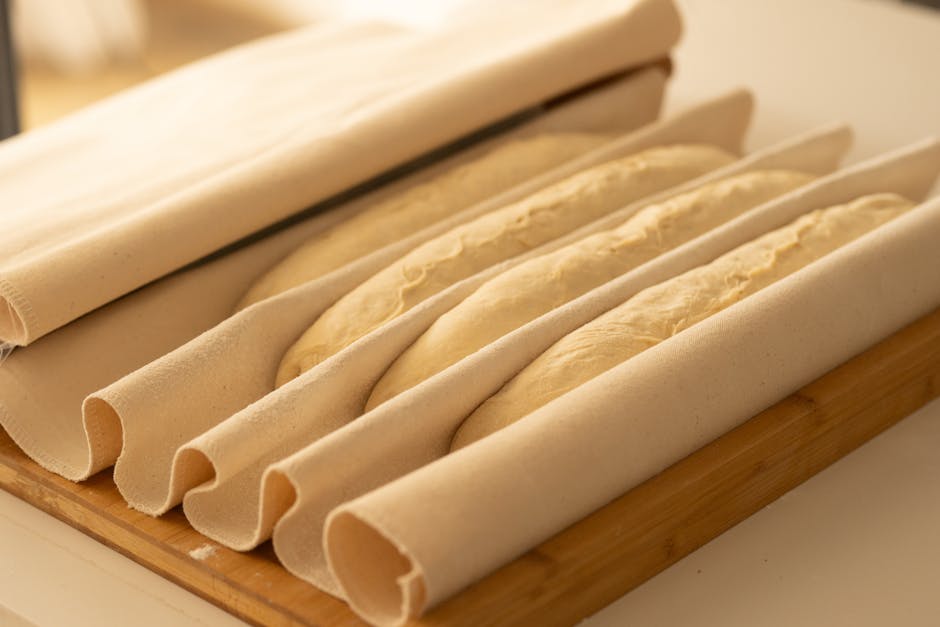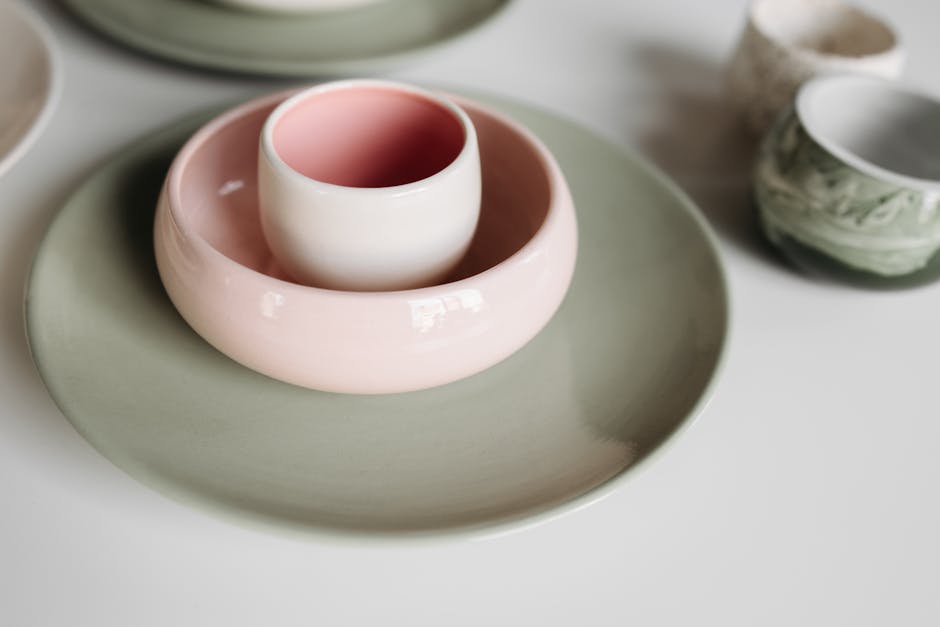The Rise of Handmade Products: A Detailed Exploration
Welcome to the world of handmade products, where creativity, craftsmanship, and passion converge to create unique and personalized items. In recent years, there has been a noticeable surge in the popularity of handmade goods, with consumers increasingly seeking out artisanal products over mass-produced alternatives. From handmade jewelry and clothing to home decor and gourmet foods, the appeal of handmade items extends across various industries. But what factors have contributed to this resurgence of handmade products? What sets them apart from their factory-made counterparts? In this comprehensive article, we will delve into the fascinating world of handmade products, exploring their rise in popularity, the benefits they offer, and the impact they have on consumers and the economy.
The Allure of Handmade Products

Handmade products have a distinct charm and authenticity that sets them apart from mass-produced goods. Each item is crafted with care and attention to detail, resulting in one-of-a-kind pieces that cannot be replicated on an assembly line. Whether it’s a hand-knitted scarf, a hand-poured candle, or a hand-carved wooden bowl, handmade products carry a sense of artistry and individuality that resonates with consumers looking for something special and unique. In a world dominated by fast fashion and disposable goods, handmade products offer a refreshing alternative that values quality over quantity.
The Personal Connection

When you purchase a handmade product, you are not just buying an item; you are investing in a story. Handmade products often come with a personal touch, whether it’s the signature of the artisan who created it or a handwritten note that accompanies the purchase. This personal connection between the maker and the consumer adds depth and meaning to the product, transforming it from a mere commodity into a cherished possession. Many consumers are drawn to the idea of supporting independent artisans and small businesses, knowing that their purchase directly benefits individuals rather than large corporations.
The Sustainability Factor

In an era of increasing environmental awareness, sustainability has become a significant factor driving the demand for handmade products. Unlike mass-produced goods that are often made overseas in factories with questionable labor practices and environmental standards, handmade products are typically crafted locally using sustainable materials and methods. Artisans who create handmade products are more likely to prioritize ethical production practices, such as using recycled materials, reducing waste, and supporting fair trade principles. By choosing handmade products, consumers can make a positive impact on the environment and support a more sustainable way of shopping.
The Quality Quotient

One of the most compelling reasons to choose handmade products is the superior quality they offer. Artisans who create handmade goods are passionate about their craft and take pride in producing items of the highest caliber. Whether it’s the precision of a hand-stitched quilt or the richness of hand-dyed yarn, handmade products exhibit a level of quality that is often unmatched by their mass-produced counterparts. Handmade items are built to last, with a level of durability and attention to detail that ensures they stand the test of time. By investing in handmade products, consumers can enjoy superior quality and craftsmanship that adds value to their purchase.
The Economic Impact
The rise of handmade products has significant economic implications, both at the local and global levels. By supporting independent artisans and small businesses, consumers help stimulate economic growth in their communities and create opportunities for entrepreneurs to thrive. Handmade products contribute to job creation, skill development, and the preservation of traditional crafts and techniques. Additionally, the handmade sector plays a vital role in promoting cultural diversity and preserving heritage practices that are at risk of being lost in a globalized marketplace. By choosing handmade products, consumers can play a part in sustaining local economies and supporting a more equitable and inclusive economic model.
The Future of Handmade Products
As the demand for handmade products continues to grow, the future looks bright for artisans and makers around the world. Technology has played a key role in expanding the reach of handmade products, allowing artisans to showcase their work online and connect with a global audience. Social media platforms such as Instagram and Etsy have become valuable tools for artisans to market their creations and engage with customers. The rise of the maker movement has also fueled interest in DIY culture and handmade goods, inspiring a new generation of artisans to pursue their passion and turn their hobbies into successful businesses. With consumers increasingly seeking out authentic and sustainable products, the handmade market is poised for further growth and innovation in the years to come.
Expert Opinions
To gain further insights into the rise of handmade products, we turned to industry experts for their perspectives on this growing trend. According to Jane Doe, a renowned artisan and founder of a handmade jewelry brand, “Handmade products offer a level of artistry and craftsmanship that cannot be replicated by machines. As consumers become more conscious of the impact of their purchases, they are increasingly turning to handmade goods for their unique qualities and sustainable practices.” John Smith, an economist specializing in small business development, adds, “The handmade sector is a vital component of the economy, providing opportunities for entrepreneurs to showcase their talents and contribute to local economies. By supporting handmade products, consumers can play a role in fostering economic resilience and promoting creativity and innovation.”
Common Misconceptions
Despite the many benefits of handmade products, there are some common misconceptions that persist in the marketplace. One such misconception is that handmade products are always more expensive than mass-produced alternatives. While it’s true that handmade items can come at a higher price point due to the time and skill involved in their creation, there are also many affordable handmade options available for budget-conscious consumers. Another misconception is that handmade products are not as durable or functional as factory-made goods. In reality, many handmade products are crafted with a focus on quality and longevity, making them a worthwhile investment that can stand the test of time.
Conclusion
To wrap things up, the rise of handmade products represents a shift towards a more conscious and sustainable approach to consumption. By choosing handmade goods, consumers can support local artisans, promote ethical production practices, and invest in products that are made with care and attention to detail. Handmade products offer a unique blend of artistry, quality, and sustainability that resonates with a growing number of consumers seeking authenticity and meaning in their purchases. As the handmade market continues to expand and evolve, it presents exciting opportunities for artisans, entrepreneurs, and consumers alike to shape a more vibrant and diverse marketplace that celebrates creativity, craftsmanship, and community.




